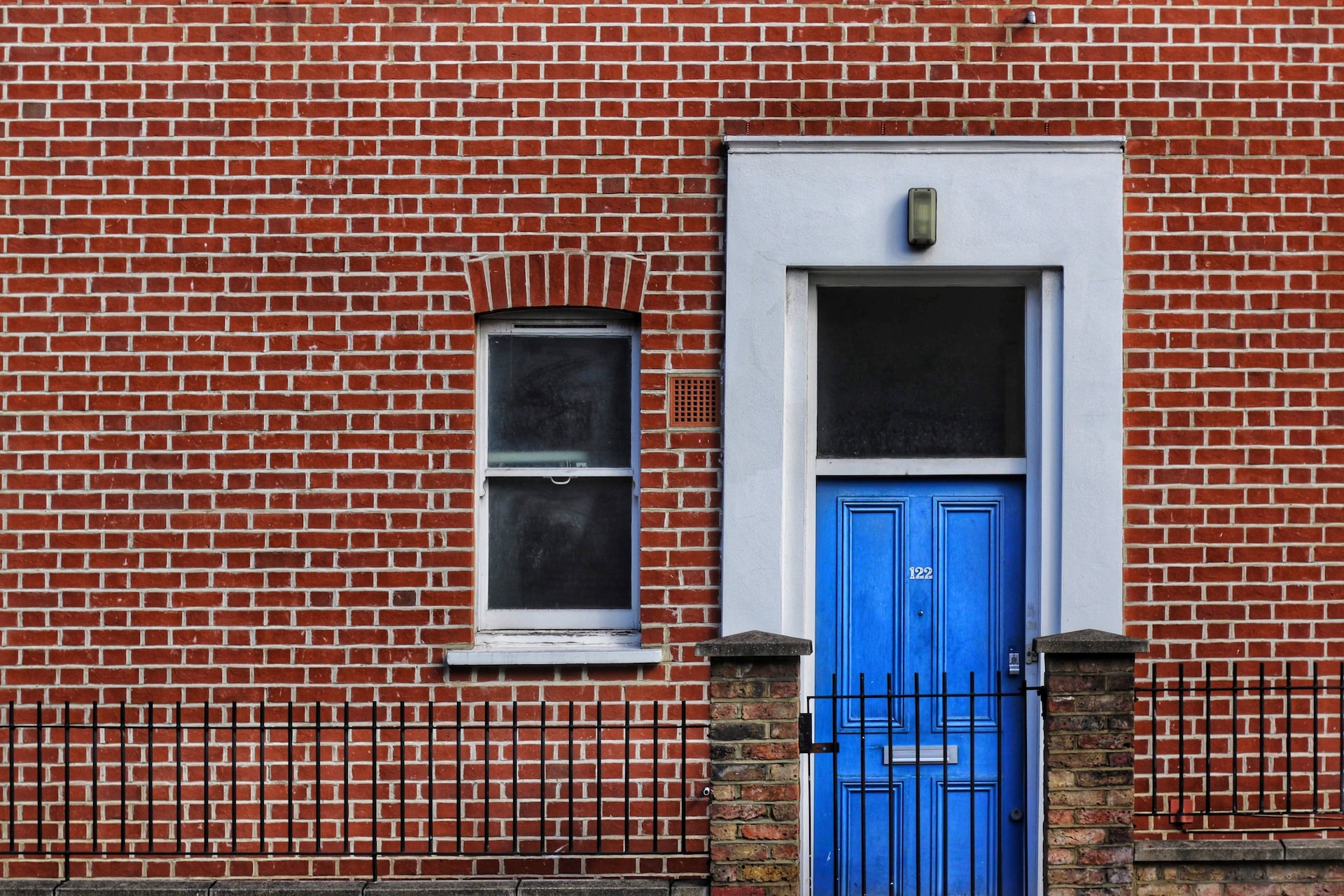The Dilapidations Protocol was formally approved by the Court Rules on 1st January 2012 and is now Law in England & Wales.
Dilapidations are violations of leases due to the condition of the property being leased, either during or at the end of the lease period. This may result from mistreatment of the property or inadequate maintenance or repairs required by the lease.
Further work may also be required at the end of a lease to reinstate alterations that have been made to the property by the tenant. The Protocol aims to ensure that a claim is reasonable, and understandable, facilitating settlement before court proceedings. Where litigation cannot be avoided, then the Protocol facilitates the efficient management of the process.
What Do Dilapidations Mean?
The term dilapidations refer to a state of disrepair in a property where there is a legal liability for the condition of disrepair. This legal liability usually arises from express covenants within a lease but may be a consequence of tort or implied contract law.
When the landlord/tenant relationship eventually ends, attention will focus on the building’s condition and the dilapidation issues. Unless the parties to the lease have had the foresight to consider a dilapidations procedure well before the end of the tenancy, this is often the starting point for a dilapidation dispute.
What is a Schedule of Dilapidations?
The first step in the process is for the landlord to prepare and send the tenant a schedule setting out what the landlord considers to be the breaches, the works required to correct those breaches, and, if relevant, the landlord’s costs. The schedule must be in the form set out at either Annex B (where a surveyor prepares the schedule) or Annex C (where the landlord prepares the schedule) of the Protocol. Both forms set out the relevant endorsement required by the Protocol, which differs depending on whether the landlord or a surveyor has prepared the schedule.
A schedule of dilapidations records the works required to be done to a property to return it to the physical state the property should be in as stated with its covenants or obligations contained within the lease of the property.
The schedule must specify:
- The terms that have been allegedly breached
- The Landlord’s opinion of what is required to return the building to a satisfactory condition
- A cost schedule for the necessary remedial works
Landlords need to ensure that they get the best advice and practice to avoid drawn-out, expensive settlements. Tenants need proper planning and budgeting to ensure there are no unwelcome surprises at the lease end. Both sides benefit from a considered approach that ideally starts before the lease is signed.
What is a Quantified Demand?
The Protocol also provides that a Quantified Demand should be sent to the tenant within the same timeframe required for sending the Schedule of Dilapidations to the tenant. The Quantified Demand should clearly present all aspects of the dispute and verify the monetary sum sought for damages in respect to the breaches detailed in the schedule and any other items of loss for which damages are sought.
The Quantified Demand should also set out whether VAT applies, confirm that the landlord and/or its surveyor will attend a meeting, and specify a date by which the tenant should respond. This is usually within 56 days after the Quantified Demand is sent. Both the monetary sum sought and any other losses should be fully quantified and confirmed by either an invoice or a detailed estimate in the case of the monetary sum.
The legal basis for the recovery of losses should be explained. The figures set out should be restricted to the landlord’s likely loss, which the Protocol states is not necessarily the same as the works’ cost to remedy the breaches. Nor should items of work that are likely to be superseded by the landlord’s intentions for the property be included.
This means that the landlord and/or its surveyor should carefully consider at this stage whether to claim for the cost of the works or whether section 18(1) of the Landlord and Tenant Act 1927 operates to cap the claim at a lesser amount.
Tenant’s Response
The Protocol does not provide a form for the tenant’s response but states that the tenant should respond using the landlord’s Schedule of Dilapidations where appropriate. The Response should be presented in detail to enable the landlord to understand the tenant’s views on each item clearly. The Response should be endorsed either by the tenant or, where it is prepared by a surveyor, by the tenant’s surveyor.
In endorsing the schedule, the tenant’s surveyor should consider the principles detailed in the Royal Institute of Chartered Surveyors’ Guidance Note on Dilapidations. The endorsement should confirm that in the tenant’s or tenant’s surveyor’s opinion, the works detailed in the Response are what was reasonably required for the tenant to correct the breaches of its covenants or obligations.
Tenants should note that there is no requirement in the Protocol to respond to every item set out in the Quantified Demand. Still, it would be good practice and consistent with the Protocol’s objectives for the tenant to provide the landlord with its views on each item to reduce the issues.
Final Word
The Pre-action Protocol is produced by the Property Litigation Association (PLA). It should be used in all claims for damages for breaches of the tenant’s repairing obligations at the lease term’s expiry.
The Protocol encourages the early exchange of full information and enables the parties to avoid litigation by maximizing settlement opportunities before the proceedings begin. The courts now treat the Protocol as the normal and reasonable approach to pre-action conduct, and non-compliance might bring sanctions against the party concerned.
It is therefore essential that surveyors, landlords, and tenants understand the implications of this document fully.
If you have any questions, contact us any time or learn more about dilapidations services.



